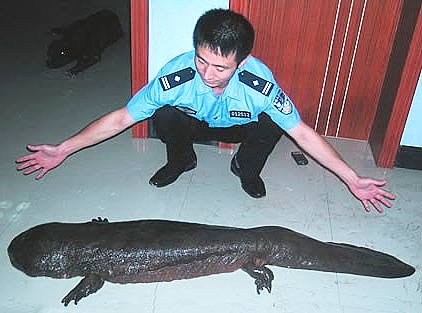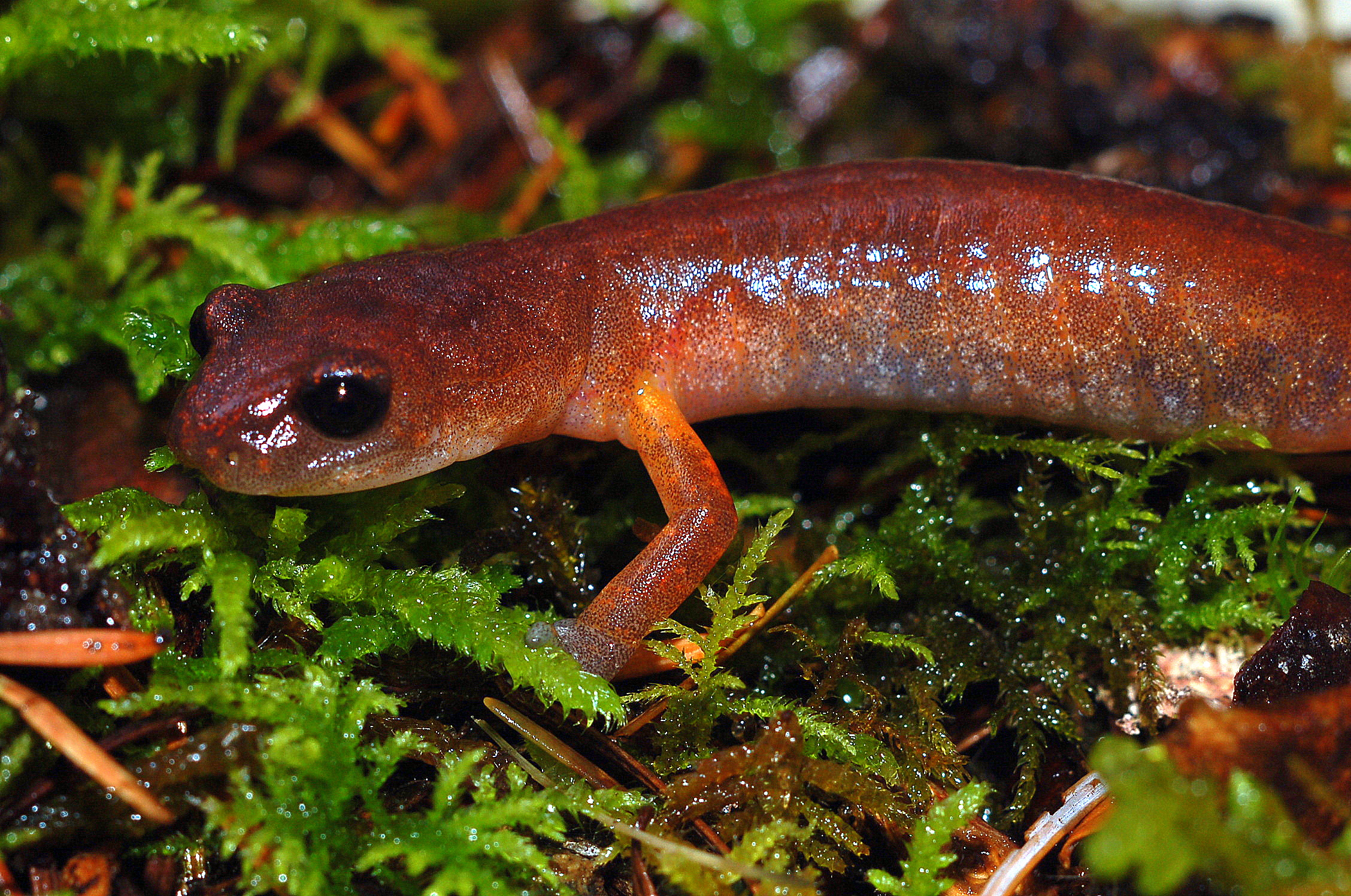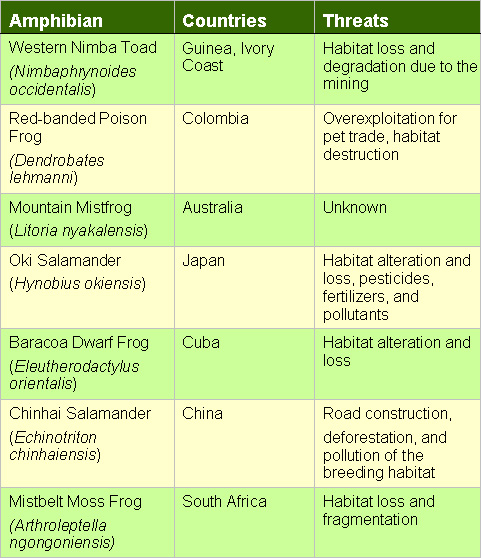The wood frog lives in places as far north as Canada and Alaska, and is able to survive the freezing winters by allowing itself to freeze.
The largest amphibian in the world is the Chinese Giant Salamander, reaching up to 1.8 m in length from the nose to the tip of the tail. Other large amphibians include the Japanese giant salamander and the Goliath frog.

Most frogs have teeth on the upper jaw but none on the lower jaw, while toads don't have any teeth.

The plethodontids, also called "lung-less salamanders" absorb oxygen through their skin and mouth to breath since they lack lungs. Of all salamanders, the plethodontids are the most diverse group, with about 376 species. They can be found in regions such as North America, Central America, South America, southern Europe, Sardinia, and Korea.

Nearly one-third of all amphibians are known to be threatened or extinct. The largest numbers of threatened species are found in Colombia, Mexico, and Ecuador. Amphibians in the Caribbean are also under serious threat where high percentages of the amphibians that live in the region are threatened or extinct.

No comments:
Post a Comment